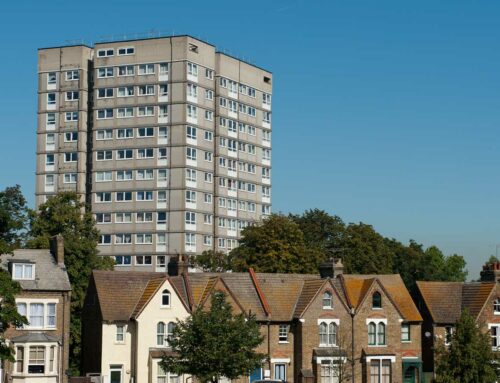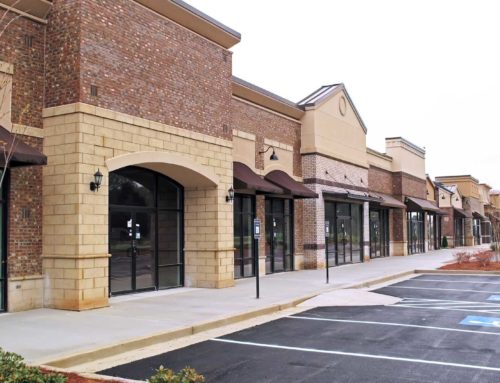One of the most mentioned phrases recently discussed in the New York City real estate market is the future of the “building developer exemption” known as “421-a.” This refers to a section of the Real Property Tax Law that provides a tax exemption for developers who build certain residential properties in New York City. The law is currently set to expire on June 15, 2022, and has set off a heated debate about the law’s future and how it may be modified.
The 421-a program was initially established in 1971 to encourage development at a time when the viability of the City’s residential market was in question. The law has been close to sunsetting many times in its history. A new version was most recently enacted in April 2017 and given a new moniker, the “Affordable Housing New York Program.” While there is almost no evidence that this law will be renewed in its current form, the pros and cons are being debated.
Proponents of a modified law believe that it is necessary to address New York City’s affordable housing crisis. As more apartments are needed, the tax exemptions incentivize developers to include affordable housing units in their projects. Detractors feel that 421-a has been nothing but a costly handout to large developers and a drain on the City’s tax revenue and that any modified law will continue to be the same.
Under the current 421-a law, there are seven options for builders, six of which deal with the development of rental housing. There are nuances to each and some of the options are only allowed in certain areas of the City. One popular option (most often cited by opponents) allows for developers to set aside 30% of units for people earning 130% of the area median income (AMI), which equates to approximately $140,000 for a family of three. Other options under 421-a allow for some combination of affordable housing at various percentages of AMI; from 40% all the way to the aforementioned 130% of AMI. Generally, the benefits to developers of rental properties is a 35-year real property tax exemption, with a full exemption for the first 25 years, and then a partial exemption for the remaining 10 years, proportional to the percentage of affordable units at the property. There are other requirements under the current law, including prevailing wage requirements and rent stabilization requirements for all affordable units, and certain unregulated units.
Governor Hochul, in preparation of the sunsetting of the current 421-a law, is proposing legislation that would occupy a new section of the Real Property Tax Law and replace the current 421-a section. She titles this proposed legislation as “Affordable Neighborhoods for New Yorkers” (ANNY). Her proposal seems to straddle the line between supporters of a development exemption and the detractors. Hochul’s proposed law is seen as a win for developers and those who believe the exemption is necessary to solve the housing crisis. In order to appease detractors, ANNY lowers some of the affordability requirements from the prior law. For example, instead of families of three making up to 130% of AMI to qualify, the Governor’s proposal would drop that ceiling to 90% of AMI for buildings of up to 30 units and to 80% of AMI for buildings with 30 or more units. Another major proposed change suggests rental projects with 30 units or more maintain their affordable status permanently – – as opposed to lesser periods of time under the current law. Those projects under 30 units would retain affordable unit status for 35 years. There are several other requirements under the ANNY proposal, including worker pay protections, environmental sustainability requirements, and an option to allow developers to create new condominium buildings with income-restricted units.
Governor Hochul’s proposal seems to track the concerns of those on both sides of the debate by keeping a program aimed at incentivizing the development of affordable housing in place, while ensuring deeper affordability requirements and additional regulations. It will be interesting to see if the Legislature will enact a law to replace 421-a, and if so, how closely it will look to the Governor’s proposal.






